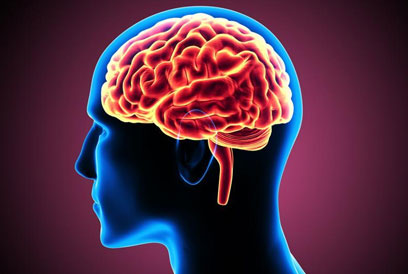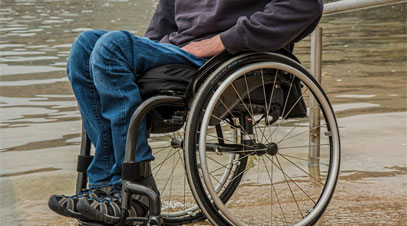Stroke is rapidly developing cerebral dysfunction due to vascular cause with symptoms lasting 24 hours or longer, or leading to death. The usual symptoms of stroke are loss of consciousness and paralysis of muscles.
Events lasting for less than 24 hours are termed as transient ischaemic attack (TIA). The characteristics of the mode of onset, together with specific neurological symptoms and signs, depend on the nature of vascular injury and site of injury. Stroke ranks first in frequency as well as in urgency among neurological disorders, accounting for more than half of all neurological diseases in old age. It is one of the first three causes of death and the leading cause of disability in later life. Half of the patients with stroke succumb to the disease in the first year and only one-third of the survivors make good recovery.

Stroke is a syndrome resulting from a range of heterogeneous conditions that affect the cerebral vasculature and blood flow. Strokes can be either occlusive or haemorrhagic. Occlusive or ischaemic strokes account for 70 to 80% of all strokes and can be due to thrombosis (clot formation at the site of obstruction) or embolism (occlusion due to a dislodged clot from elsewhere). Thrombotic strokes are the commonest of all varieties of stroke resulting from the narrowing of blood vessels of the brain due to high blood cholesterol (atherosclerosis). Embolic strokes usually occurs in presence of heart disease. Haemorrhagic strokes account for 20 to 30% all strokes and can be due to the rupture of blood vessels inside the brain. Risk factors for stroke
High blood pressure is the single most important risk factor for stroke. Other risk factors for stroke include: increasing age, family history, high cholesterol, overweight, smoking, lack of exercise, heart disease and diabetes.
DIAGNOSIS AND MANAGEMENT
The diagnosis of stroke is always clinical. Investigations are required to confirm the pathology and aetiology of stroke, to detect treatable cardiovascular risk factors and identify treatable complications of stroke, for which baseline investigations of blood, ECG and chest X-ray are useful. Imaging investigations such as CT scan and MRI scan are sensitive investigations for the diagnosis of the aetiology of stroke. Carotid ultrasound Doppler studies are very useful in detecting carotid atherosclerosis in patients with TIA.
The management of stroke involves: medical intervention to minimize impairment; prevention and treatment of acute complications; rehabilitation to minimize disability; and adaptation to minimize handicaps. Prevention of stroke requires modification of risk factors: hypertension, smoking, cholesterol and drug therapy (which prevent clotting) in the presence of a history of TIA.
REHABILITATION
The patient as well as the family requires support in terms of education, training and counselling. Community and domicilliary rehabilitative services are essential for stroke patients living in communities. The basic principles of stroke rehabilitation are detection of the impairment and handicaps, and maximization of independence and minimization of dependency. A holistic approach taking into account the physical and mental state of the patient is required to achieve the best results.
